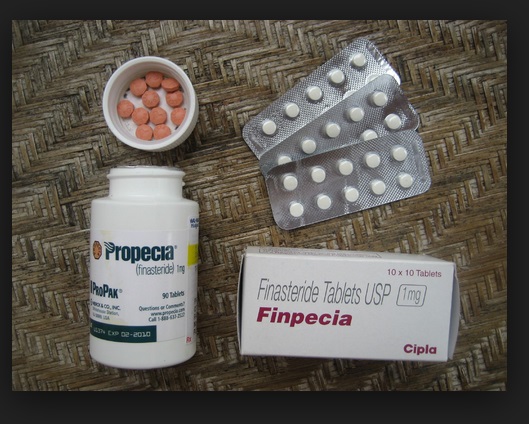Finasteride works to prevent further hair loss by hindering the conversion of testosterone to dihydrotestosterone (DHT) in the body.Baldness is mainly caused by the hormone dihydrotestosterone, which interacts with the hair follicles that are programmed to be genetically weak in response to the affects of it . Therefore, dihydrotestosterone can be considered the catalyst or active reason for the inception of hair loss and male pattern baldness. DHT does this by disabling the ability of hair follicles to produce new hairs, and thus preventing the hair cycle to continue. With the hair growth cycle halted, the affected individual will gradually see thinning hair and baldness appear on the top of his hair or experience a receding hairline.
Propecia reduces the amount of DHT in the scalp by preventing the conversion of DHT in the body in the first place to help hair restoration in most men. Thus, Propecia can stop further hair loss or might even be able to reverse some of it. Propecia’s effects in slowing hair loss and stimulating new hair growth are most effective when it is used for moderate levels of hair loss or hair loss that is treated in the early stages. For most men, Propecia increases the number of hairs on the scalp, and many patients taking Propecia noted a deceleration of hair loss after two years of usage, which is ideal for hair restoration. Studies have shown that nearly 80% of men who use Propecia have stopped or even reversed their hair loss to some degree.
The Effects of Propecia and the FUE Hair Transplant
Even though Propecia has no effect on transplanted hair after a hair transplant, it can assist to maintain the patient’s surrounding hair and is therefore useful as an appendage to head hair transplant surgery, and thus will enable the patient to obtain a better overall result. According to top hair transplant surgeon Dr. Umar, patients undergoing body hair transplantation should use Propecia with caution and consult before usage with an experienced hair transplantation surgeon.

Hair loss patients must fully educate themselves on the pros and cons of taking Propecia before committing to the drug.
